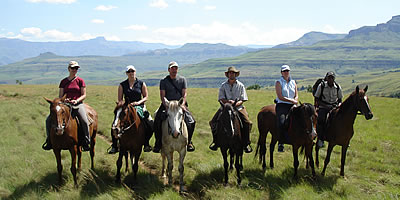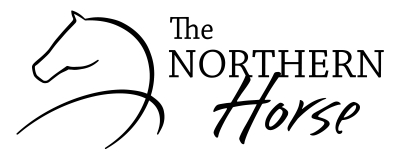The safety of our horses and riders is of the utmost importance. We take all reasonable precautions, but horse riding is a dangerous activity, and falling off is a part of the risk one takes when mounting a horse.

The following steps are taken to promote a safe riding environment:
- Tack is checked before every ride.
- Tack is dismantled and cleaned once a week.
- Horses are chosen to suit the ability of the rider.
- Horses are carefully vetted to ensure their suitability to the trail.
- Horsemen are trained to put the safety of the riders first, thereby only increasing the pace if the whole group feels confident.
- Horsemen must notify the riders if they notice any impending danger.
- Horses are checked daily for injury.
- Riders are chosen to match the size of each horse.
- There is a 100 kg weight limit for riders, so as to avoid overloading the horses.
- Riding helmets are provided and must be warn.
- Only one rider is permitted per horse.
Every rider mounts up at their own risk. Horses are animals and this makes them unpredictable. Even the “safest” horse can slip or trip or get a fright, which can result in an accident. Once on top of the horse, it is the rider’s responsibility to control that horse.
Riders need to be aware of the risks involved and take the necessary steps to avoid accidents:
- The rider must remain calm and rational at all times.
- The rider should listen carefully to the instructions of the horsemen.
- The rider should expect the horse to move unexpectedly, and so squeeze with the legs or hold onto the mane to keep balance.
- The rider should stay behind the front horseman at all times.
- The rider should pay attention to their surroundings so they can foresee possible accidents, i.e. a hole in the ground, an angry horse preparing to kick.
In the event of an accident (someone falling off a horse), our procedure is as follows:
- The closest horseman is to dismount and assess the situation
- If the rider is not hurt, he or she is encouraged to remount once the horse has been examined for injury and the tack is secure.
- If the rider has been injured, first aid is administered and help is called.
- A car will be dispatched to the scene, and the injured party will be transported back to Montusi where they can decide what course of action to follow.
- The other riders will continue with their ride if they so wish. If they collectively decide to return to the stables they may do so. No refunds will be given for voluntary cessation.
Horsemen carry cell-phones so that they can call for help if necessary.

